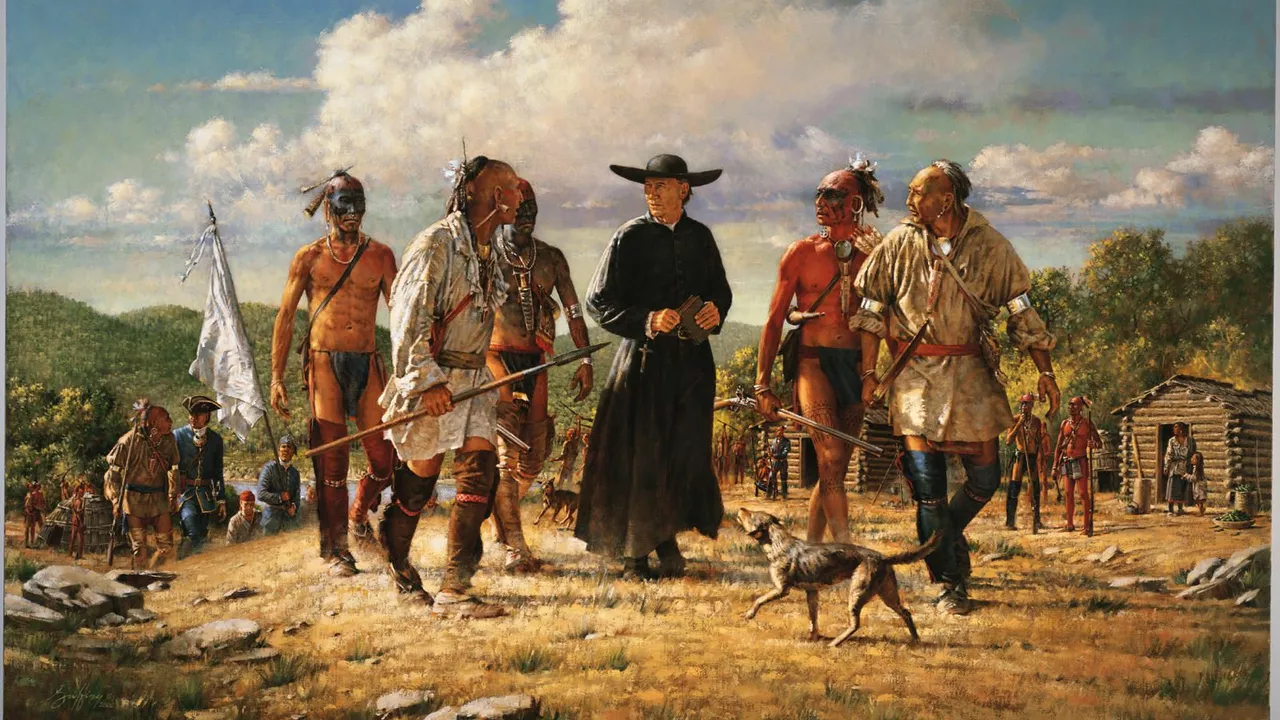Native Americans: Past, Present, and Everyday Stories
If you land on this page, you probably want a quick, clear look at who Native Americans are and why their story matters today. Below you’ll find the basics of their history, the way their cultures survived, and what life looks like for them now.
History in a nutshell
Before Europeans arrived, dozens of tribes lived across the continent, each with its own language, food, and ways of building homes. Some hunted on the plains, others fished along the coasts, and a few grew corn in the valleys. They all shared a deep respect for the land and a strong sense of community.
When ships came in the 1500s, everything changed. Europeans brought new animals, crops, and diseases. The first outbreaks of illness wiped out whole villages because the native peoples had never seen those germs before. At the same time, European settlers wanted the land for farms and towns, leading to conflict and forced moves.
The most infamous forced relocation was the Trail of Tears in the 1830s. Thousands of Cherokee, Creek, and other tribes were pushed westward on foot, many dying from hunger and exposure. That tragedy is a big part of why you still hear stories of loss and resilience when people talk about Native American history.
Even after those painful chapters, Native peoples kept their languages, songs, and ceremonies alive. They passed down stories around campfires, taught children how to hunt or weave, and held gatherings to celebrate the seasons. Those traditions became the backbone of cultural survival.
Modern Native Communities
Today, more than 500 tribal nations are recognized in the United States. Each nation runs its own government, schools, and health services. Many have started their own businesses, from casinos to renewable‑energy projects, creating jobs and funding cultural programs.
Language revival is a big focus now. Programs in schools teach Lakota, Navajo, and other native tongues, while elders record stories for future generations. When a child learns the words their grandparents used, it strengthens identity and pride.
Art and music also play a huge role. Contemporary Native artists mix traditional beadwork with modern fashion, and musicians blend ancient drums with hip‑hop beats. Their work shows that culture isn’t stuck in the past—it’s evolving.
Despite progress, challenges remain. Many Native communities still face higher rates of poverty, limited access to clean water, and underfunded schools. Advocacy groups are pushing for better federal funding and respect for treaty rights, hoping to close those gaps.
When you meet a Native American today, you’re meeting someone with a deep history and a forward‑looking mindset. They might be a teacher, a tech startup founder, a tribal council member, or an artist—each contributing in their own way to the wider society.
Understanding this mix of history and modern life helps break stereotypes. Native Americans aren’t just a footnote in history books; they’re active participants shaping the future. So the next time you hear a story about a tribe, ask yourself how that story connects to the world we live in now.
Keep exploring, keep asking questions, and remember that the story of Native Americans is still being written—by the people themselves and by those of us who listen.
